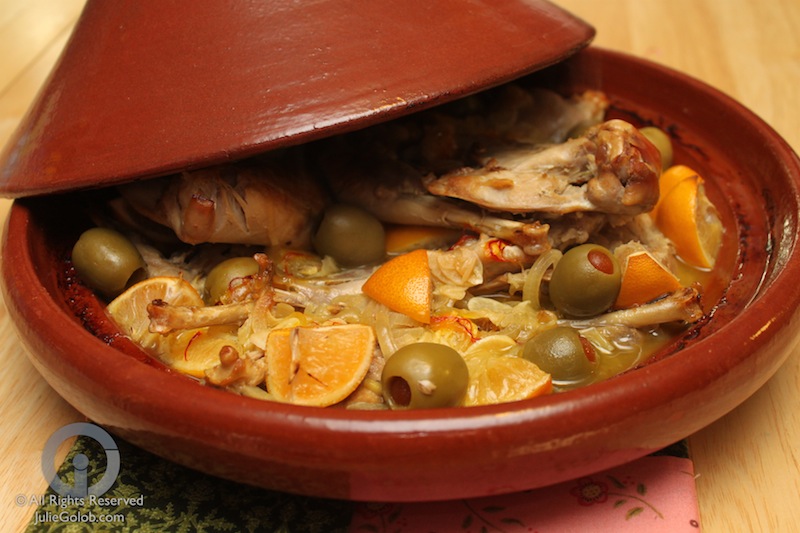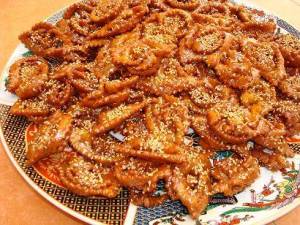How long is 10 months? How far does 4,137 miles
feel? What does it means to live in a country that is not your own? I have found my
answers to these questions this year, my truth. Keep in mind that it is just a
single truth. I cannot tell you what will fill every mile between you and your
family, or how wide your oceans will feel, or what the YES Abroad experience
will be for you. I can only share my own journey.
To me, 4137 miles, the exact distance between my hometown
and host town, feels like nothing at all when I am full. When my new friend
hands me a bracelet, when I produce conversations in my host languages, and
when I cook chocolate chip cookies for my host family, I forget that there is
an ocean between me and everything I knew before this experience. My experience
fills me with joy, distracting me from the space. However, sometimes the days
here are too quiet, the words get stuck somewhere between my brain and my
mouth, and everything feels worn out but still doesn’t quite fit. This is when the
distance locks me into a staring contest, and distance doesn’t blink until I
find something here to fixate on. Some days, I don’t just feel far from ‘home’
but I feel far from myself, the existence I led in the comfort of my first
home.
As far as what living in another country means: for me, it has meant constant evaluation and
reflection of myself and my surroundings. It means the extremes—the good things
shine and the bad ones glare. I am always wearing metaphorical sunglasses. At the beginning, I looked through yellow
sunglasses, and everyone else wore blue. Now most of the time I feel like I’m
wearing green—a mix of both. I can process day to day situations, but I cannot
separate my reputation, mindset, or actions, from the land I left over 205 days
ago, and I’m okay with that. Living in
Morocco has meant (and continues to mean): a synthesis of multiple viewpoints,
learning to be myself, know myself, and most importantly, love myself in the
context of my new environment.
My wisdom to you: Be the best you can be, but don’t be
afraid of confusion and ‘failure.’ We all feel that way sometimes, even if our
social media postings tell another story. Even though a picture is worth one
thousand words, no number of words can capture this experience. Write your own
story—of your exchange, yourself, and your life. Make it beautiful, but define
for yourself what beauty is. I find beauty in the simplest moments of my
exchange—the walk to buy groceries with my host sisters, the good morning
greetings shared with the store owner next to my house. My exchange overflows
with beauty and by that I do not mean it is all good or easy or even possible
to process.
My host mom is the kitchen, arguing about something with my
host uncle and one of my host sisters is trying to drag the other out of bed. I
spent today drinking 50 cent orange juice on plastic stools and wandering
amongst the alleys of a medieval city. Tomorrow I’m going to have to sit in
math class, but that’s okay because I understand it now. I’m going back soon,
and I’m at peace with that too in this moment. My dreams came true—maybe not
exactly as I thought they would as I stood in your place last year—but I came
to Morocco and I carved out a new home, and
I’m thriving in it. I couldn’t ask or hope for more (for myself and for
all of you).
Love,
Catherine in Rabat

















